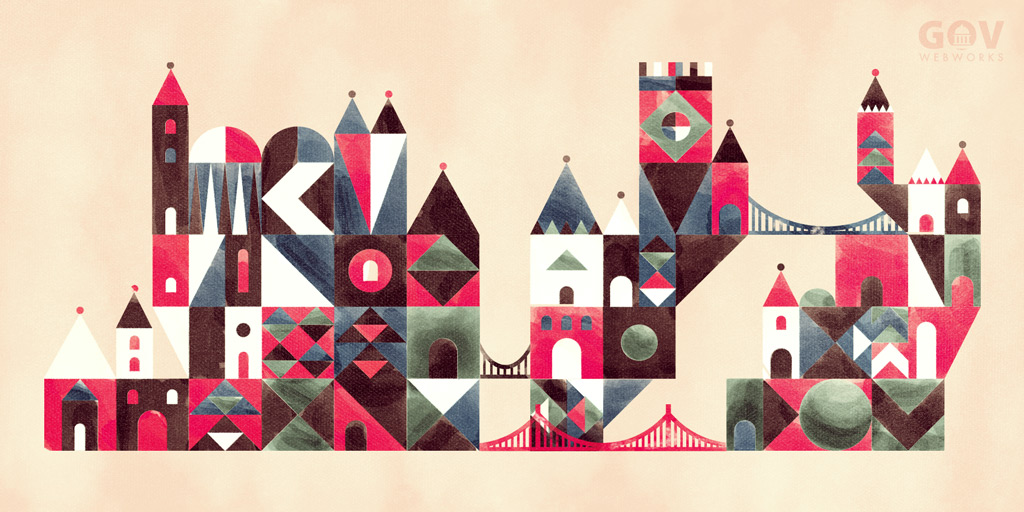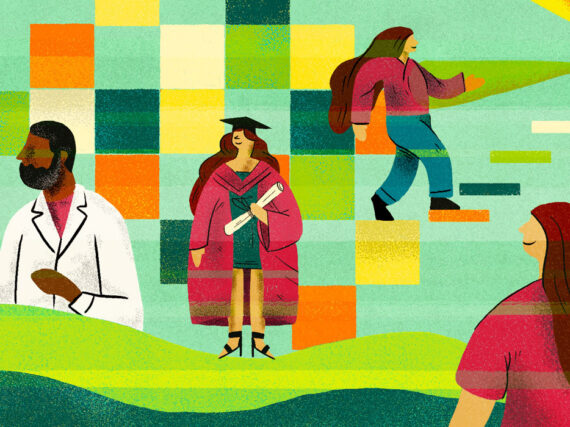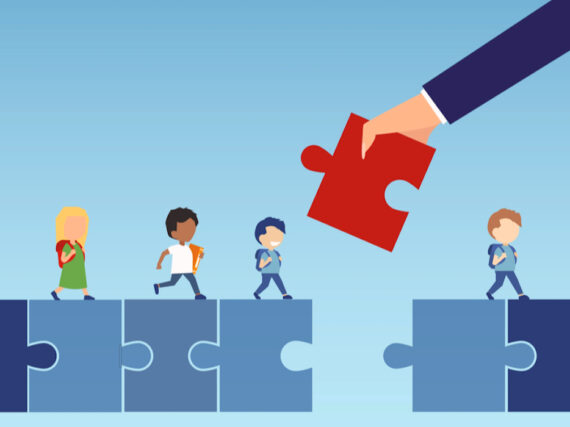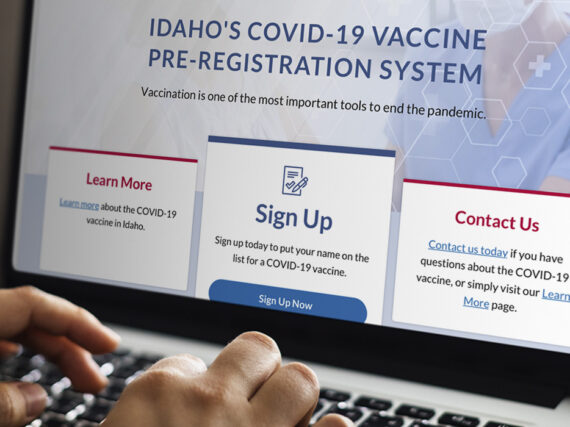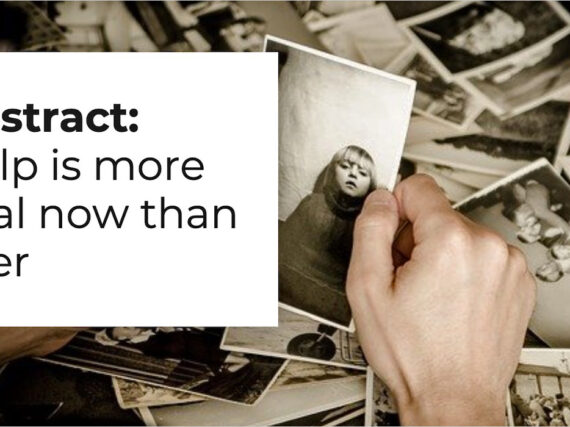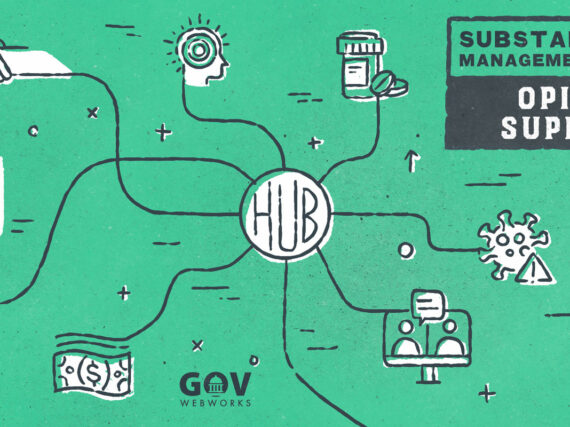Imagine a future where government services are accessed seamlessly via a smart device. Routine inquiries are responded to by an AI-driven chat agent. Renewals are handled quickly and painlessly. You receive notifications about other services you might qualify for, or issues that require attention. All human interaction with the government is delivered with expert care by a highly skilled navigator.
I believe this potential future is finally in the making. Our government leaders have been retraining personnel with expertise shared across departments. They are evaluating programs and services for areas of duplication, and checking systems and internal operations for improvement, or elimination. Customer service is starting to become the priority.
In a nutshell, the separate kingdoms that make up our government are beginning to evolve. The changes we are seeing are:
- The removal of existing agency silos
- Use of modern technologies to enhance operations
- Adoption of a customer-centric, ‘no wrong door’ approach
Data sharing among departments speeds the delivery and accuracy of targeted solutions. Integrating newer technology frees staff to engage more effectively. And adopting a holistic approach to service discovery and delivery fulfills the mandate of a citizen-centric government.
Now is the time to open the drawbridges between the kingdoms for better citizen engagement. First, here’s how we got here, and why it matters.
A short history of three separate kingdoms
According to the Center on Budget and Policy Priorities, three federal departments, Health and Human Services, Education, and Labor consume over half of the government budgets, resources, and time. These great kingdoms were built to be highly efficient, but this may have created unintentional silos. Even with the best administration there may be some overlap in their missions and the people they serve.
Those who receive public assistance for food, healthcare, housing, education, and employment training needs, may need to visit multiple agencies. Decades of well intentioned policies, specific program missions, and funding sources have created monolithic cultures, which may not support a ‘no wrong door’ approach to service discovery.
Add to that, often these departments maintain separate systems for collecting, processing, and distributing data and related services to their constituents. When resources are not coordinated it is difficult to fulfill a truly customer-centric approach. They need better bridges.
These agencies are trying to be as efficient as possible within their own silos, but may miss the bigger picture, especially if they:
- Duplicate data within their individual systems
- Increase time spent on individual agency verifications
- Frustrate end users who may have to interact with multiple entities
Citizens simply want easy access to services without having to visit multiple systems and forms. Without effective coordination between the departments, citizens and government workers spend undue time on duplicate processes.
How to bridge the kingdoms
What if we could unite the overlapping structures and services of Health and Human Services, Education, and Labor? Existing technology can streamline operations, bridge disparate systems, and unshackle staff to provide superior customer service. New systems, which use a common language, enable greater data sharing across departments and with external partners.
Currently, workers don’t have enough of the right tools and their leaders don’t have enough support. Big data, predictive analytics, AI-powered smart chat agents, connected devices, and wearables produce faster and more accurate answers. Ironically, increasing the use of technology will empower workers to be more human, and bridge the gap between departments.
Other changes to consider would include:
- Change the government funding model – individual programs encourage specialized but separate structures
- Focus on personnel retention – I believe we have extremely well meaning and hard working government employees (I used to be one), but restrictive structures often hinder the delivery of truly exceptional customer service
- Encourage access to shared, multi-agency data – use a common language to help cross-trained staff tackle a whole-person approach to problem solving
Furthermore, we should be supporting our government leaders to make these improvements and give them more flexibility with their structures and funding. Changing these structures will require a significant organizational and cultural shift. Staff will need re-training, and administrators will need to remove areas of service overlap. We need skilled coordinators, system navigators, data-scientists, and customer experience experts within each department.
Opening the drawbridges
To continue building these improved government entities we should look at adopting some best practices from the private sector. Social services could learn from some of the hard fought advances in the health care industry. One example is the electronic health record, which provides a continuum of services with shared records. Large retail companies also have troves of data available. They understand our preferences, make suggestions, and streamline our shopping experience.
Adopting some of these lessons may help remove internal barriers, enabling government to open the door for better customer service. Of course, we also need to address the issues of privacy, data security, and individual resistance to technology, so people don’t feel they are being monitored.
Why not offer an open marketplace for services in one location? Then it wouldn’t matter which drawbridge citizens arrived at first. Advocates of a “wrap around” service model approach to service delivery have been showing us the way for years.
Technology running invisibly in the background can connect data, and streamline systems. Some states are already demonstrating that a step-by-step approach to change is possible, such as Idaho’s Live Better Idaho. This simple-to use web portal enables citizens to find government services across multiple departments, all in one place.
Beyond the Dark Ages
Yes, I know what I’m proposing can be expensive. And not all the currently available technology is up to snuff, i.e. tools like Alexa are not yet 100 percent reliable. It also takes time to change attitudes and build up trust. Increasing coordination between the three biggest government departments, and decreasing the friction for service delivery, is complex.
However, if the government is unable to change, then the plagues that have beset the three kingdoms will never be banished. Maybe the threat of revolt will encourage the kingdoms to cooperate. Consider the absurdity of expecting uninformed citizens to navigate the vast halls of government and comprehend its language to find the services they need.
Many government leaders I speak to agree that a customer-centric change is necessary, and in many places they are trying hard to make this shift. Let’s come together as government leaders, private sector partners, and citizens to open the drawbridges that divide us and focus on a citizen-centric, no-wrong-door approach to service delivery.
Learn more
- GovWebworks: Tech Forecast for Health & Human Services
- GovWebworks: Why We Need a Customer-Centric Revolution
- Governing: Establishing a True ‘No Wrong Door’ Approach to Human Services
- Center on Budget and Policy Priorities: Where Do Our State Tax Dollars Go?
- Urban Institute: State and Local Expenditures
- Contact us to learn more about how we can help with tech modernization
Author bio
Ravi Jackson has a background in law, finance, and policy, with 10 years of experience in the Maine state government. A witty Brit with a gift for discourse, he welcomes further discussion on this topic. He can be reached at ravi.jackson@govwebworks.com and @RaviJacksonGWW on Twitter.
